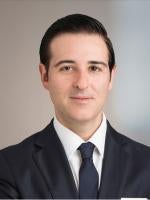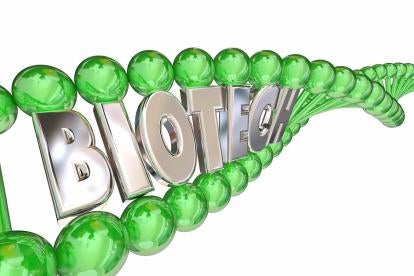Doctrine of equivalents (DOE) can be applied as a mechanism to hold a party liable for patent infringement even if the product or process does not literally infringe a patent claim, if the difference is “insubstantial”. Warner-Jenkinson Co. v. Hilton Davis Chem. Co. (1997) Findings of infringement under DOE, particularly in biotechnology related cases, have often been considered an exception rather than the rule. One such exception is the recent Federal Circuit nonprecedential decision in Jennewein Biotechnologie GmbH v. International Trade Commission, September 17, 2020, Chen, R. (Glycosyn LLC, the patent owner, joined as an Intervenor). The Federal Circuit affirmed an exclusion order from the International Trade Commission (ITC) relying on an application of DOE to find infringement supported by substantial evidence.
Glycosyn’s ITC complaint under 19 U.S.C. § 1337, alleged that human milk oligosaccharides “HMOs” imported by Jennewein infringed Glycosyn’s U.S. Patent No. 9,970,018 (’018 patent). Claim 1 of the ‘018 patent is directed to a method for producing a fucosylated oligosaccharide in a bacterium and requires that, among other things, the bacterium contains “an exogenous functional β-galactosidase gene comprising a detectable level of β-galactosidase activity that is reduced compared to that of a wild-type E. coli bacterium, wherein the level of β-galactosidase activity comprises between 0.05 and 200 units”.
At the center of the dispute is whether Jennewein’s strains satisfy the claim limitations requiring “exogenous functional β-galactosidase gene” and “the level of β-galactosidase activity comprises between 0.05 and 200 units”. Jennewein argued that its strains do not have an “exogenous functional β-galactosidase gene” because they are engineered to express functional β-galactosidase only under certain temperature. More importantly, Jennewein argued that its strains express lacZα and lacZΩ, as separate gene fragments and lacZα is endogenous. Because the lacZΩ fragment is expressed at 42°C (but not at 30°C), the two fragments produce active β-galactosidase, only under these specific conditions and not throughout the process.
Jennewein also argued that negative control strains were required to determine the Miller values between 0.05 and 200 units and that such controls would demonstrate Jennewein’s strains have β-galactosidase activity outside the claimed range.
The Commission rejected Jennewein’s arguments finding infringement under DOE because Jennewein’s engineered β-galactosidase gene including an exogenous lacZΩ fragment is equivalent to an “exogenous functional β-galactosidase gene” required by the ’018 patent. Additionally, the claim language did not require that the E. coli demonstrate β-galactosidase activity between 0.05 and 200 units throughout the process and only at some point in time and no negative control was needed to correctly perform the Miller assay.
The CAFC affirmed the Commissions’ finding of infringement under DOE. Although nonprecedential, this case serves as a reminder that DOE still plays a significant role in biotech litigation and can change the outcome of the case.








 i
i

